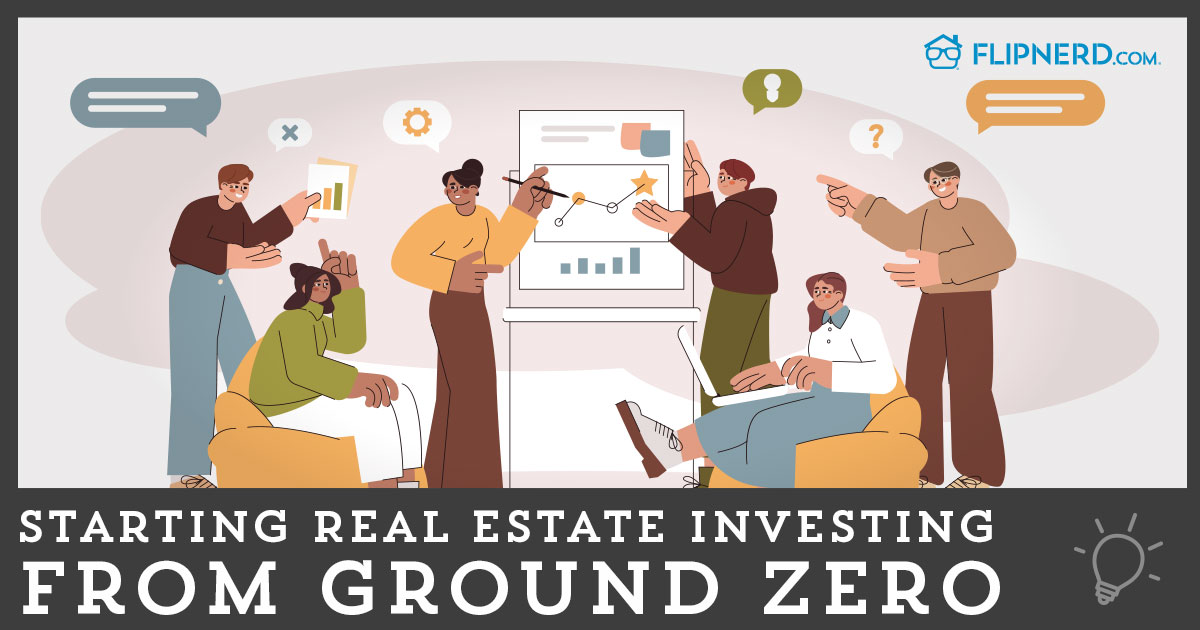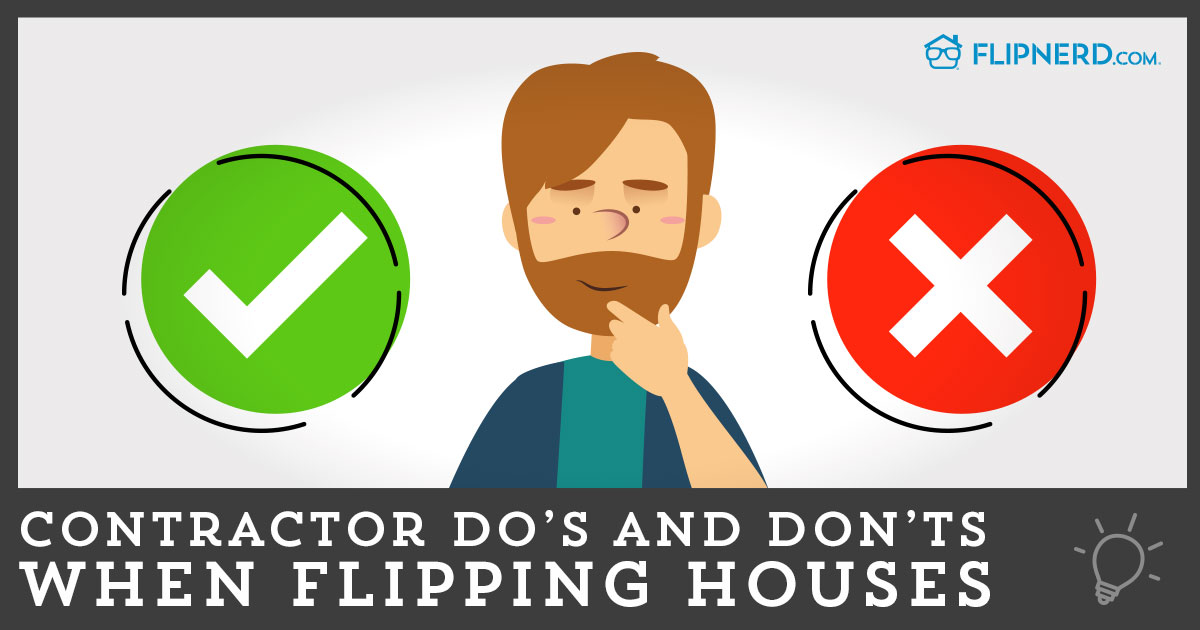It’s an excuse we hear all the time.
“I can’t find any deals.”
There are deals out there, but in the seller’s market we’re in right now, you have to be more creative and more efficient in finding them.
For those who are wanting to get started in real estate investing, the hard work you’re putting in now will make it 10x easier as the market shifts into a buyer’s market over the upcoming years.
Ideally, by then you’ll have a team and your business will be on it’s way to being on autopilot. In the meantime, learn the ins-and-outs of the business and get as many deals under your belt as you can.
Don’t let yourself get in the “there aren’t any deals” mindset because it’s simply incorrect.
Every market is different.
This is the time that you need to become an expert in the area that you’re investing in.
You need to know:
- What are the hottest neighborhoods?
-
-
- Think hyper-local… In your city, what’s the most desired neighborhood? What square footage range are people wanting most in these neighborhoods?
-
- What are the driving factors to the area?
-
-
- Are new businesses coming in?
- Are new schools being built?
- Does it have all the local amenities one would desire (shops and grocery) nearby?
-
- How long are houses staying on the market?
-
-
- This will tell you if it’s smart to rehab or wholetail the property.
-
- What are the properties selling for?
-
-
- Are they going for below asking price or over asking price?
- Can you adjust your calculations of what you can offer based on rising housing prices?
-
- What neighborhoods are older but are being revitalized?
-
-
- These are perfect for rehab projects.
-
- What type of property are people looking for?
-
- Are you in an area where people are wanting to rent or are they going for an older neighborhood with renovated properties? This will help determine what exit strategy to use.
Having this knowledge will give you the ammo you need to search for deals and use your marketing dollars most effectively.
Make the most out of your marketing budget!
Buy lists that are going to make the most impact. Instead of sending to an entire zip code, for example, send to people in that zip code who have a large amount of equity in the property and have been the owner for at least 10+ years.
Increasing your equity filter will narrow your list down to people who are most likely open to selling you their house at a discount. This way, your conversion rate will be higher and your dollars will go further.
In today’s market, if you can buy a list that isn’t being bought by everyone else, this can give you an edge.
Other investors are going to go to the “easiest” lists to get:
- Probate
- Tax Delinquencies
- Pre-Foreclosures
- Foreclosures
- Out of State Owners
- High equity homes
Get more custom in the list you buy and set specific parameters. If you can “cut the fat” out of your list, your target audience is narrowed and should lower your lead and acquisition cost.
Consider:
- What price range are you looking at?
-
-
- If you don’t want anything under $30k or over $120k, add that to your criteria.
-
- Are there certain zip codes that you want (or don’t want) to buy in?
-
-
- This is where being an expert in your area is helpful.
-
- What square footage are you wanting?
-
-
- Know what’s selling in your area and refine your search for sizes that are most likely to sell.
-
- What type of layout are you looking for?
-
-
- Do you want a 3 bed/2 bath or is a 2 bed/1.5 bath more applicable in your area? A 3-bed/2-bath is the most typical layout but in different markets, this can vary.
-
- Age demographics
-
- Older individuals might be more motivated to sell their house so that they aren’t having to manage the upkeep on the property. You can select the age range you’d like to target (ex. – targeting individuals 55 and older).
- Take out 100% equity property owners.
- Homeowners who have 100% in their property are probably sitting quite nicely and don’t have any motivation to get out of their property.
Here’s an Expert Interview with Doug Van Soest over Effective Follow-Up Processes.
Think about if you were buying a mattress. They say you should replace your mattress every 7-10 years so during those “non-purchasing” years, you couldn’t care less what mattress sales are going on or really, any ad about buying a new mattress in general.
The day you make the decision that it’s time to buy a new mattress, you’re going to look at the ads in front of you.
ABC Mattress Company: Sends you 2 letters back in March and April of 2015.
XYZ Mattress Company: Sends you mail every 30-60 days.
Which has a better chance of getting your business?
Obviously, it would be XYZ Mattress Company. Their first 20 ads might have been ignored but that 21st ad is what got them the deal.
It was all in the follow-up!
Create a campaign to send out direct mail on a regular basis so that when one of the people on your list is ready to sell, you’ll be who they contact first.
After you’ve gotten your marketing set up but you still aren’t getting deals, it’s time to reconsider your buying parameters.
Mainly… the locations you’re trying to buy in and the offers you’re making.
Closely look at where the problem is. In seller’s markets, we have to be more aggressive and creative to get deals done. Are you considering all possible exit strategies?
Are you not getting any leads? If this is the case, you might need to adjust where you’re trying to invest. You can try sending out direct mail to a county or 2 away (not to the whole county but to a refined list inside that county).
If this doesn’t work, it might be worth it to consider looking into other markets around the US. More and more investors are branching out of their local market because they aren’t finding enough deals at a discount.
Do your research and see where it would make sense to invest. It might be 30 minutes away or 13 hours away. It all depends.
Don’t limit yourself because of where you live.
For those who are still finding deals in their local market but they aren’t being accepted, it might be time for you to reevaluate your calculations and accept thinner deals while it’s a seller’s market.
If you’re still not going over the 70% ARV minus repairs rule, determine if you’d be able to go up to 75-85% ARV minus repairs. This can make the difference of you getting at least 1 deal a month that’s profiting from not having any for a month or 2.
Be very careful with repairs estimates when you start considering thinner deals… overlooking a major repair could easily be the difference between profit and loss.
Take the time to consider what changes you’re willing to make if you aren’t getting any deals. Don’t use the seller’s market as an excuse. Instead, become an investor who thrives on not giving up and coming through the end of the tunnel both wiser and with more money in your pocket.
Reflect on your business and it’s successes/shortcomings.
Watch the market.
Change your model as needed so that you can continue to go and you don’t lose momentum!









